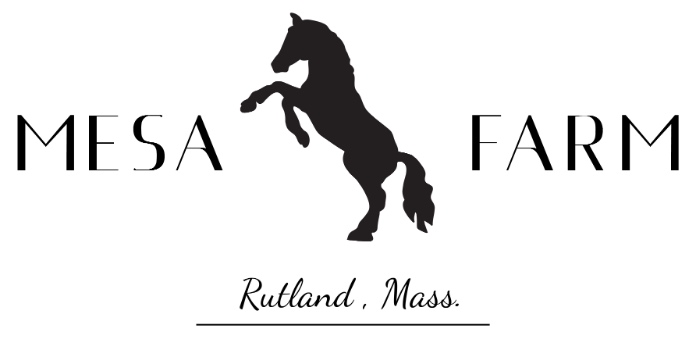The social circle we’re socially distancing at a little closer level than others is our neighbors Den and Meg and our Liz and her boyfriend Matt. Each of them is working from their homes and are also taking serious social distancing precautions.
Ann and I decided that since I’m not doing lessons this month that it might be a good time to take on constructing a new fence. We targeted the nine acre field across the road. It is a big project. I measured everything and made a list and ordered supplies from two fence companies and if all goes as planned I’ll be going to New Hampshire with my trailer on Thursday to bring back some fencing materials. The other load is either still in MN or in PA so we’ll have to wait and see when it arrives. Either way, Matt helped me start the project today by drilling post holes around the field. We hit a few rocks but in general got off to a good start.
Then a friend delivered the two packages of bees I’d ordered so I put them in the hives early this evening. 2019 was a great year for honey production for Mesa Farm and most of MA but they are up against a lot with mites, poisoning from neonicotinoid pesticides in the environment, and my management. Our hives didn’t make it through the winter for the first time in a number of years. So I ordered two packages of 2-3 pounds (7000 to 10,000) of bees at $100 per package. Tha’s a good price for farm livestock! Each hive should increase up to 50,000 or even more bees this summer. I raise the bees for pollination, honey, because they’re cool little creatures, and for the challenge.
The bees arrive and in a screened box and within that box is a cage holding the queen bee with a couple servant bees. The queen is added near the end of the packaging process by the beekeeper and the bees will likely kill her if they don’t know each other so beekeepers have figured out that a clever way to introduce a queen to a new hive is in a cage with candy plugging the entrance door. The queenless bees in the hive must eat the candy which will release the queen and by the time they get the candy door open they will be familiar with the queen’s pheromones and usually accept her as their leader.
I still remember my first lecture at Worcester Beekeepers Association’s bee school on how to work with bees:
Question: What do bees not like?
Answer: Bears
Next Question: What is the opposite of a bear?
Answer: A cumulus cloud.
Why is that? To a bee, a bear is dark and hairy and knocks your hive down, squishes your friends, and eats your honey. A cumulus cloud is soft and white and floats around not bothering anyone. So when you work your hives, work like a cloud, not a bear, and you’ll be less likely to get stung.
I got the bees in before dusk (only one sting), had a quick dinner with Ann, and did chores, not getting back in until 8:30 this evening. But after the recent rains it was a nice evening to be out and to hear the spring peepers and woodcocks again; plus a second bird species whose call I haven’t yet identified.
Have a nice Palm Sunday sabbath.
First photo: The auger driven by the tractor’s pto (power take off) saves some of the hand labor that goes into fence construction.
Second photo: A package of bees waiting to be introduced to their new hive home.
Third photo: Tomorrow is Palm Sunday. The day that marks the start of Holy Week when Jesus entered Jerusalem riding on a donkey to a celebrating crowd that waved palm branches. It’s the donkey’s day to shine! We adopted our Allie from a donkey rescue non-profit ten years ago. She was 6 years old at that time.

